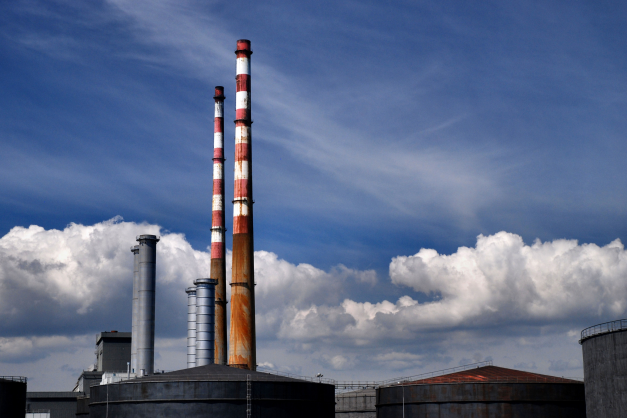
March 2022 - March 2023
This project explored how to use existing and planned infrastructure in the Poolbeg area in the most efficient way by examining the potential for coupling and integrating separate aspects of the electricity, heat and transport sectors.
Codema's Services
*****You can now view the case study and full report outlining the main results of this reseach in the Resources section below on this page.
This project explores how to use existing and planned infrastructure in the Poolbeg area in the most efficient way by examining the potential for coupling and integrating separate aspects of the electricity, heat and transport sectors.
One of the key problems the project seeks to address is how to make use of curtailed or wasted renewable energy from offshore wind and from the nearby waste to energy plant.
The project explores how district heat with thermal storage, and a separate hydrogen electrolyser, along with curtailed renewable electricity and hydrogen end-use applications, can provide an efficient, holistic and integrated energy system solution. The project utilises modelling and analysis carried out by Codema and MullanGrid, while collaborating with Dublin City Council and Dublin Waste-to-Energy.
This project aims to provide insights and guidance to local and national policy makers and public bodies on sector integration applications. The overarching objective is to investigate how the sector coupling of the electricity, heat and transport sectors can facilitate our national net zero objective.
It aims to:
- Identify and quantify the technical and cost barriers to deployment and test solutions in case study
- Provide insights and guidance to local and national policy makers
It also aims to facilitate the path to zero carbon and minimise curtailment and constraint of renewable generators.
In particular, it looks at how to best use ‘curtailed’ or wasted renewable energy available in the area from planned offshore wind, and from the waste-to-energy plant in the area that currently burns general waste.

+353 (0)1 707 9818